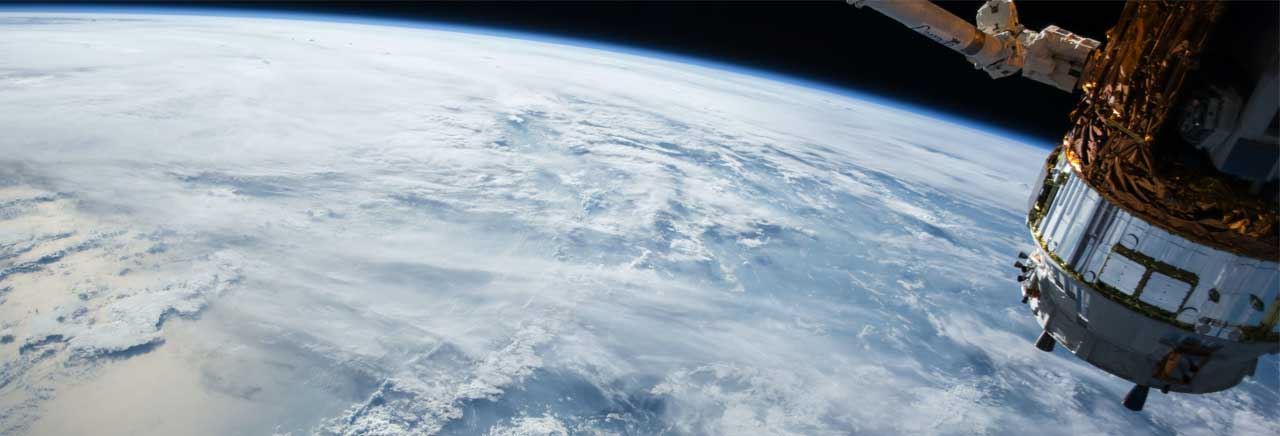It’s been a busy year in spaceflight and at ASP, with an industry-wide focus on the development of flight platforms, flight operations, and refinement of the regulatory environment. Importantly, this development has occurred across mission types, with ongoing successes in ISS commercial crew transportation and in planning for a return to the moon. Emphasis from both public and private groups showcases the role of partnership, rapid development, and incremental engineering to advance across mission profiles.
Since our last article, NASA and its private partners have achieved several major milestones. Virgin Galactic successfully completed its first crewed mission to suborbital space, illustrating the role of mission specialists in passenger experience, cabin operations, and science. SpaceX has successfully operated flights for Inspiration4, continues its development of the Human Landing System for Artemis, and is working hard on the first generation of Starship and its ground systems. Space Adventures has worked with Roscosmos to deliver private citizens to the ISS. And NASA has completed preparations for the Artemis 1 mission, with SLS having achieved a successful Green Run last year as well as a successful roll out to Pad 39B in March. Artemis 1 is slated to launch in June.
A celebration of these milestones is not complete without a recognition of the years of effort that have gone into making them possible, and critically, to the engineering approach that gradually retires the risks of human spaceflight. Nowhere is this more true than in the development history of Blue Origin’s New Shepherd, which after 7 years of continuous development, flew its first commercial suborbital crew on NS-15 on July 20th, 2021. The flight marked the 15th successful cycle of the platform, building upon its history of 100% success and flying both the oldest and youngest spaceflight passengers above the Kármán line.

Blue Origin NS-15 and crew upon return from suborbital space. New Shepherd showcased the capacity of a suborbital platform for sustainable passenger flights. Blue Origin, July 2021.
While developments by NASA and industry constitute key enabling technologies for safe, sustainable, and evolvable flight operations, they represent more than engineering successes. NS-20 and its counterparts comprise the basis of a spaceflight marketplace, one in which goods and services are provided directly to those who are paying for them. Leveraging a platform like New Shepherd requires familiarity with the benefits of microgravity and its value. Market segments that correspond with this value include
-
Research and development: Scientific lines of inquiry that require data from the microgravity environment
-
Technology demonstration: Advancement of engineering platforms designed for performance in microgravity
-
Crew training: Crew exposure to microgravity and its unique requirements
-
Passenger experience: The one-of-a-kind experience of spaceflight
A flight provider like Blue Origin recognizes the central role that safe, affordable, and consistent access to space plays in providing for a robust marketplace. For this reason, New Shepherd has followed a modular engineering arch that is aimed at high reusability and cadence. And taking the next step, the New Shepherd team showcases the ways its capsule can be used, specifically soliciting questions on the use of its wide range of payload services that include both pressurized and unpressurized microgravity exposure. This capability is mirrored by science on-station, including as part of Crew Dragon operations and the ISS National Lab.
Commercial providers and their industry partners exist to capture the value from this type of market, but further recognize their role in advancing sustainable human mission architectures. This is because the development horizon is much deeper than space at the Kármán line; suborbital microgravity will by necessity provide a proving ground for operations in orbit and beyond. Further, commercial enterprise has the ability to thrive in reduced risk, freeing up resources that an agency with high risk tolerance, like NASA, can dedicate to pushing the frontier.

Inspiration4 launch. The crew included a 4-passenger, all-private complement that gathered large amounts of scientific data as part of operations. SpaceX, September 2021.
So while Blue Origin’s recent success on NS-20 illustrated the capacity for industry in suborbital space, we can envision an even more dynamic environment where an organization of NASA’s size is only one of many customers. Advancements in human spaceflight will continue to draw on expertise in medicine, science, engineering, and business. A robust suborbital marketplace, as enabled by platforms like New Shepherd, will require this expertise.
We continue to look forward. Boeing will soon be launching its Starliner vehicle on a ULA Atlas V rocket to prepare for Commercial Crew certification. NASA has selected SpaceX to supply the main component of the lunar Human Landing System for use as early as 2024. While SpaceX’s Starship will provide this role, Blue Origin contested the award of the contract, citing the ability of its own lunar platform, as well as its advanced New Glenn launch vehicle, to contribute directly to a competitive cis-lunar economy. None of this is to mention tomorrow's planned launch of the Axiom-1 flight for a ~10 day stay on the ISS. This critical milestone constitutes a core component of NASA's strategy for LEO commercialization.

Axiom-1 at Pad 39A and Artemis I at Pad 39B, in preparation for the April 8 Crew Dragon launch of the first dedicated private ISS crew. NASA, April 2022.
And ASP continues its work in supporting the spaceflight industry and its professionals. Our team is continuing the refinement of member offers and resources, as well as publications intended to illuminate key aspects of the spaceflight marketplace. You can expect those insights throughout 2022.
ASP’s membership shares a mission to develop the next generation of spaceflight professionals and crew, and in doing so, to provide the means for achievement of key milestones in human spaceflight. To support professional development in this way, ASP continues to advance a spectrum of funding facilitation and professional opportunities.
Learn more about ASP’s work here.

